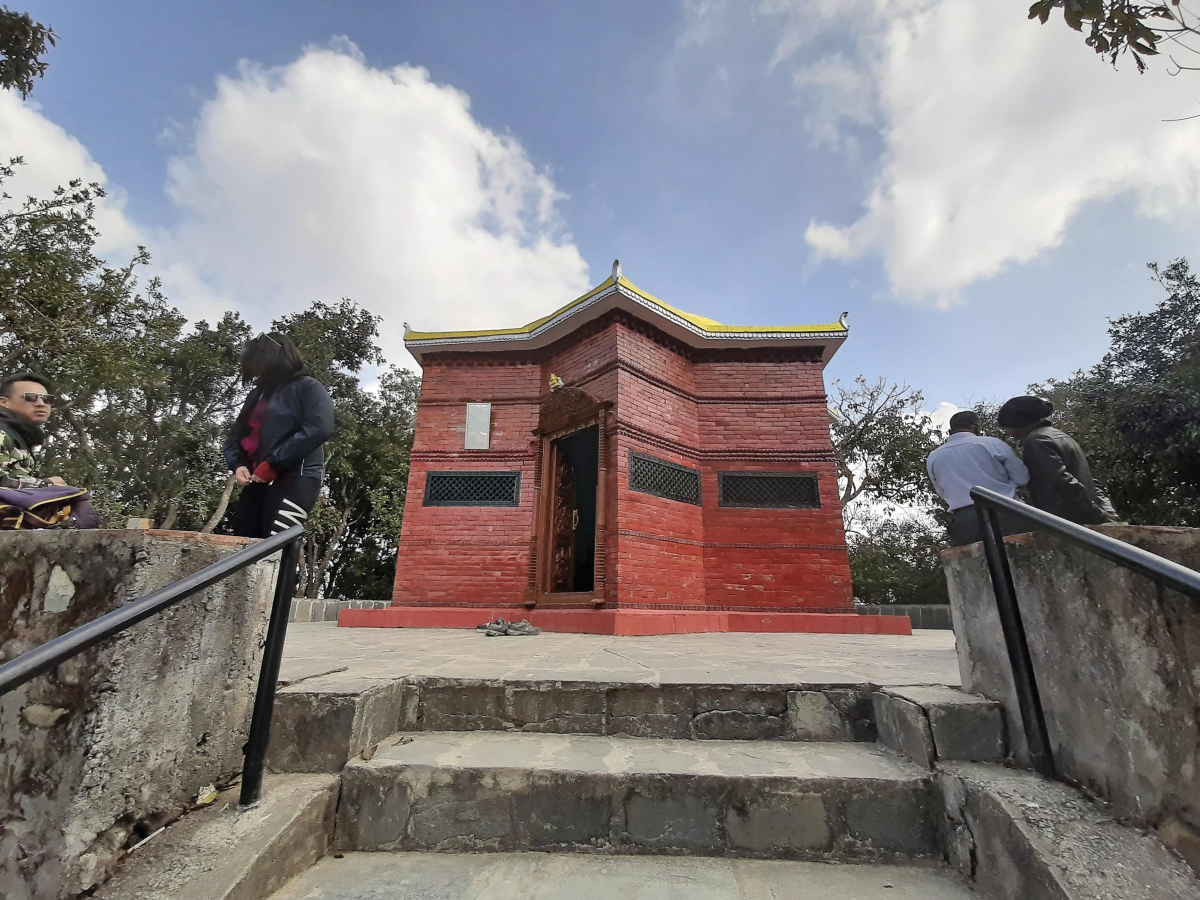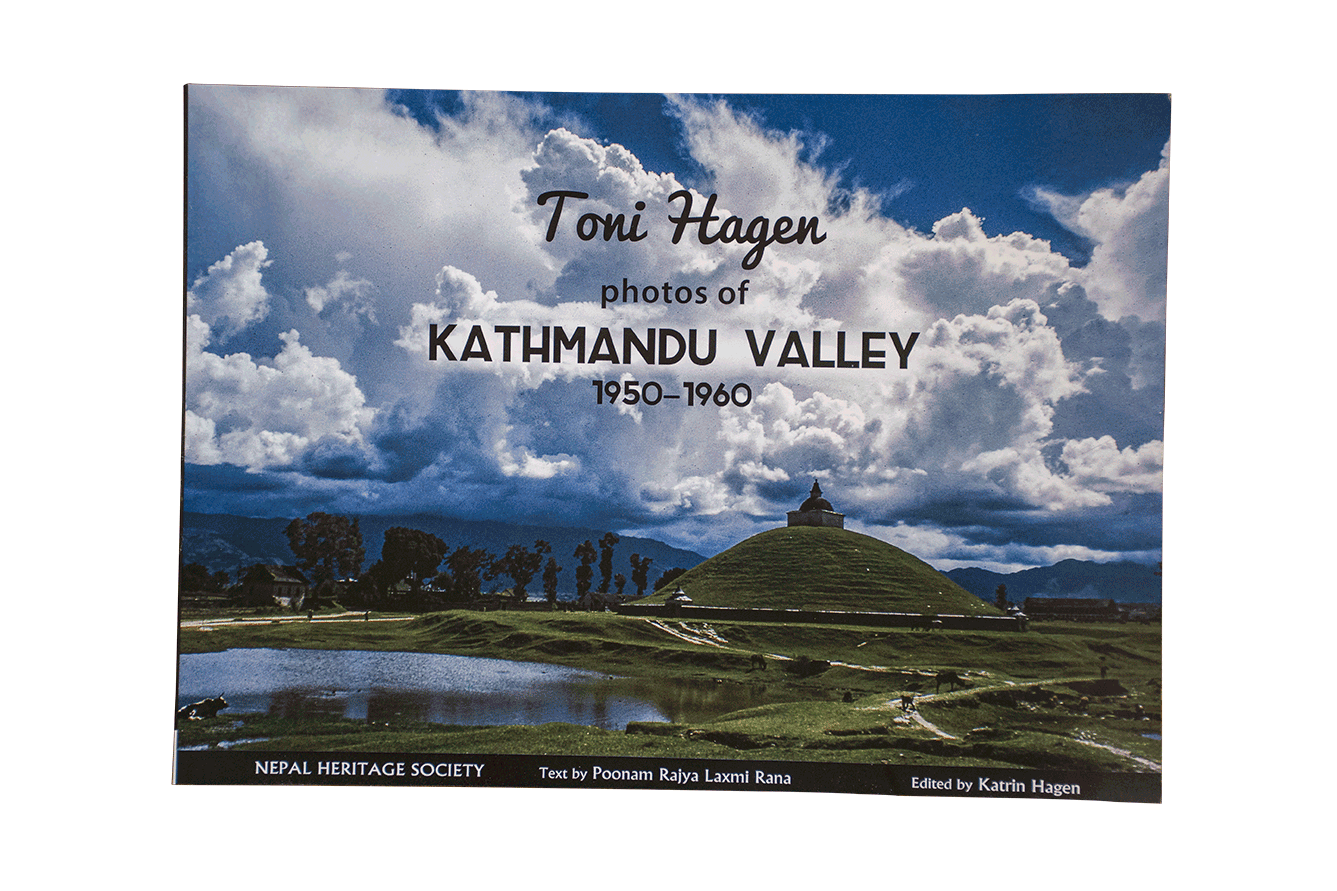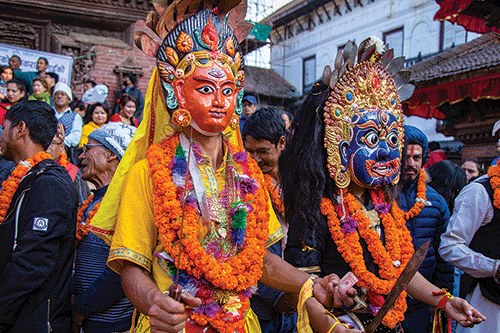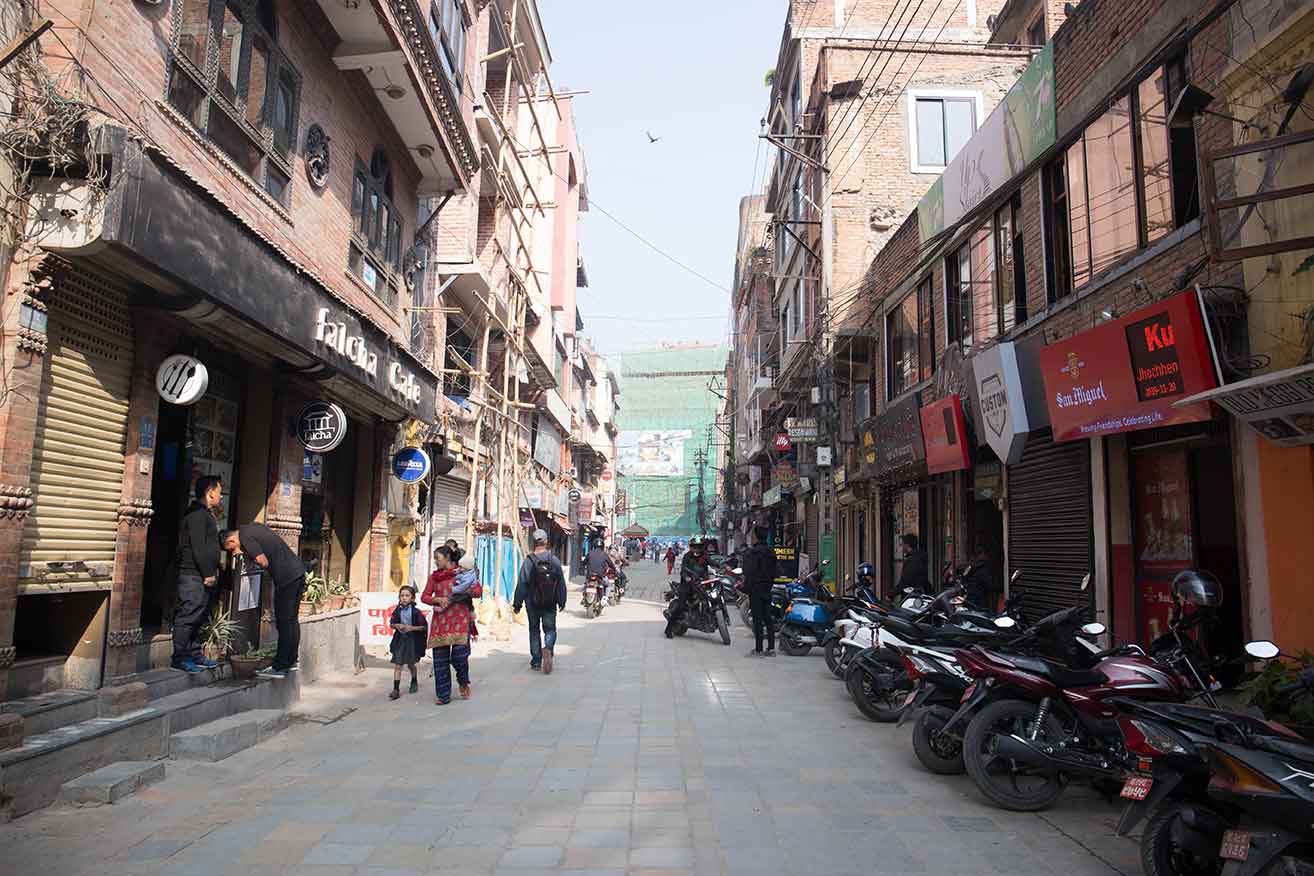Caving is a recreational sport that brings people into a world be neath ground, filled with many fascinating geological formations so unique that it seems like a whole new realm exists right beyond the entrance. Caves are an integral part of human civilization. Early Man sought shelter from the elements and set up homes within caves. In times of war, caves have provided protection for people such as the Taliban and others during the Afghan War. Caves are also a source of mystical or religious reverence. To the uninitiated, caving feels like something done only by Indiana Jones or Tomb Raider wannabes. With the advent of caving (or spelunking) technology, large caverns and complicated cave systems all over the world can now be safely mapped and toured. Right here in Nepal, there are also numerous venues where caving can be done safely and with minimal fuss.
 Flanking the exit point of the Bagmati River from the Kathmandu Valley, the Manjushree Cave (or Gupha) at Kirtipur-14 is located within a cliff, which together with the surrounding knoll was designated a park only a year ago. It is located along the way to Dashinkali on the south side of Kathmandu right atop the famed Chhobar Gorge. Unlike those you see in movies, the Manjushree Gupha does not have a cavernous interior filled with creepy crawlies. Ancient artifacts probably did exist within these underground spaces a long time ago as it was reputed to be a place of religious meditation for some legendary figures in Tibetan Buddhism folklore. With the passage of time, there remain only a few indications of the cave’s religious significance—a neglected grotto with the characteristic soot stains on the ceiling, the indelible marks of burnt incense left by wandering sadhus, a protruding rock of a distinctive phallic shape coated with thick layers of red vermillion powder courtesy of pious worshippers of Lord Shiva.
Flanking the exit point of the Bagmati River from the Kathmandu Valley, the Manjushree Cave (or Gupha) at Kirtipur-14 is located within a cliff, which together with the surrounding knoll was designated a park only a year ago. It is located along the way to Dashinkali on the south side of Kathmandu right atop the famed Chhobar Gorge. Unlike those you see in movies, the Manjushree Gupha does not have a cavernous interior filled with creepy crawlies. Ancient artifacts probably did exist within these underground spaces a long time ago as it was reputed to be a place of religious meditation for some legendary figures in Tibetan Buddhism folklore. With the passage of time, there remain only a few indications of the cave’s religious significance—a neglected grotto with the characteristic soot stains on the ceiling, the indelible marks of burnt incense left by wandering sadhus, a protruding rock of a distinctive phallic shape coated with thick layers of red vermillion powder courtesy of pious worshippers of Lord Shiva.
The cave resembles more a network of tunnels, with all four entrance/exits located within the same cliff. The warren-like cave system is a result of centuries of groundwater erosion that by dissolving the minerals in rocks carved pathways through the limestone and granite interior. Caves formed gradually in this manner rarely collapse. According toKathmandu’s adventure sports professional Chandra Ale, the exploration of this system of tunnels is considered technical caving. It requires cavers to be on their hands and knees as they attempt to clamber through tight spaces. In other larger caves, ropes and other specialized equipment may be needed to aid movement.
There are few places within the Manjushree Cave to stand fully upright. For most of the time, visitors are either bent over with heads almost scrapping the ceilings or bent down on their haunches, moving forward inch by inch. At some points in the tunnels, where the surrounding walls are only about a shoulder-width apart, movement slows down to a crawl. In such situations, be ready to slide along the ground like a snake, lying on your belly and hauling the body forward. At some points, the rock erosion of centuries has only managed to fashion a trapdoor size opening. With such little space to work one’s body around, it is common to suffer a few minor scratches on your stomach or bottom as well as at the elbows and knees.
Certain junctions within the tunnels lead to dead ends where the only way onwards is climbing up or shuffling down 90 degrees from your current position. Though the change of direction may seem steep, the distance covered in this vertical movement is relatively short. The lack of artificial handholds, ropes or ladders, however, means having to resort to chimney climbing—the use of one’s body weight to gain leverage, leaning on one’s palms or soles, to ascend or descend in a controlled manner.
Caving is not physically demanding, but do allow yourself enough time to complete the journey. Minimal strength is required as much of the route has easily discernable foot and handholds formed from the many steps and grips of others who have gone through these same caves over the centuries. The only awkward part is getting used to the low ceiling. Claustrophobics should reconsider taking up caving. In general, caving is easy so long as you do not mind getting dirty and suffering the odd minor grazes.
To get familiar with the pitch black and cramped conditions, the first few trips should be to smaller, well-explored caves that demand minimal climbing or squeezing through. Always go caving with an experienced guide; never go alone. A protective helmet and a headlamp are two vital pieces of equipment. Bring your own headgear—any robust, hard hat can be used for head protection, even a biking helmet. Getting lost in a cave is probably a fear for those new to the sport. There is no need to bring along a ball of string to try and retrace your way out since the caving guides at the Manjushree Park have mapped out the cave system and are responsible for leading caving enthusiasts safely through the interior. Water droplets that seep through the rock reappear underneath along tunnel surfaces, making certain parts slippery and muddy. It is advisable to wear clothes and footwear that you do not mind getting stained. To minimize abrasion and scrapes on the skin, wear long sleeved tops and long pants.
The Manjushree Cave is worth visiting to get a feel of what caving is like. If you can go through this one with little difficulty, then it will be a piece of cake when taking on the larger ones. The expanse of the cave is just right to comfortably accommodate small groups. You do not have to worry about falling from a large height, as the caves are not gaping caverns. To get to the Manjushree Cave by bus, board at Balkhu Chowk and stop in front of a big signboard that states: ‘Hearty Welcome to Manjushree Cave and Park Area.’ Or, it is about an hour taxi ride from Kathmandu city centre. The cave is cool during the sweltering heat of summer and warm in the numbing chill of winter. You can cave all year round, but check ahead during the monsoon period, as a heavy downpour may result in rainwater flooding the tunnels.
Caving as a sport is still in its developmental stage in Nepal, but the potential is great, considering the endless amount of geological activity in the hills and mountains. Another famous large cave, only discovered a few decades ago, is located near Bandipur, in Tanahu District (near the Kathmandu to Pokhara highway). And, as recent as May of last year, a cave in Mustang District was discovered to contain ancient Buddhist paintings of great cultural and historic value. Perhaps harboring dreams of being a real-life Indiana Jones is not so far-fetched after all.

Hiking Through History
After hiking for hours, we finally reached the park. The first thing we saw was the tomb of...










